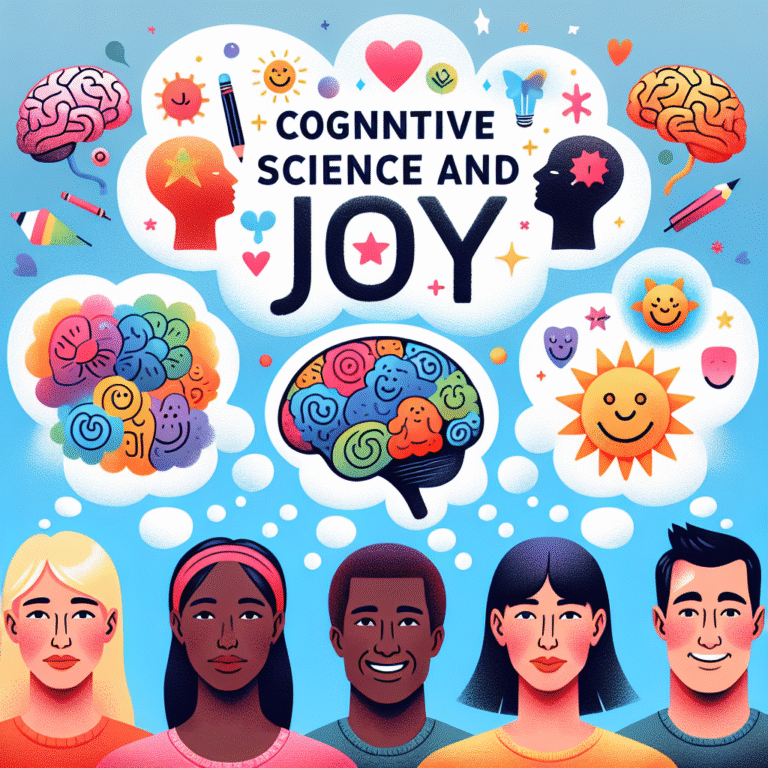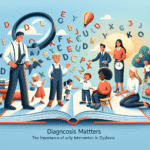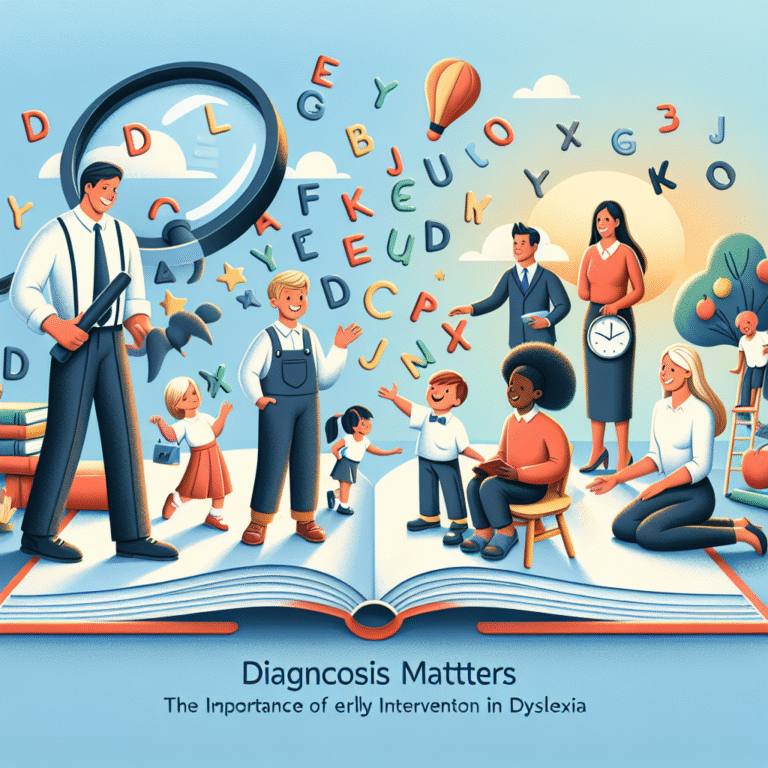
The Ultimate Guide to The Science of Emotions: Identifying Triggers and Their Impact on Behavior
Introduction
Have you ever found yourself inexplicably angry in a calm situation or suddenly elated after receiving a simple compliment? Our emotions play a crucial role in our everyday lives, influencing our decisions, relationships, and overall well-being. Understanding The Science of Emotions: Identifying Triggers and Their Impact on Behavior is more essential than ever in today’s fast-paced world. It empowers us to harness emotional intelligence effectively, enhancing our success in both personal and professional domains.
This guide explores profound insights into the science of emotions, the triggers that evoke them, and their subsequent impact on behavior. Whether you’re a psychologist, a corporate leader, a teacher, or someone who simply wishes to navigate life better, this article offers actionable insights that can transform how you approach emotions.
The Basics of Emotions: What Are They?
Understanding Emotions
Emotions are complex psychological states involving three distinct components: a subjective experience, a physiological response, and an expressive response. The American Psychological Association identifies five primary emotions: happiness, sadness, fear, anger, and surprise. Each of these emotional states can lead to a spectrum of feelings, thereby affecting our behavior.
The Biological Underpinnings of Emotions
Emotions are deeply rooted in biology. The limbic system, particularly the amygdala, plays a significant role in processing emotions. Neurotransmitters like dopamine and serotonin are crucial in regulating our moods.
Table 1: Key Emotions and Their Triggers
| Emotion | Common Triggers | Behavioral Impact |
|---|---|---|
| Happiness | Achievements, friendships | Increased productivity, sociability |
| Sadness | Loss, failure | Withdrawal, decreased motivation |
| Fear | Threats, uncertainty | Fight-or-flight response, anxiety |
| Anger | Injustice, frustration | Confrontation, aggression |
| Surprise | Unexpected events | Curiosity, reevaluation |
Identifying Emotional Triggers
The Role of Self-Awareness
Self-awareness is the cornerstone of understanding The Science of Emotions: Identifying Triggers and Their Impact on Behavior. Regular self-reflection can help you recognize emotional patterns, enabling smarter responses.
Daily Journal: A Practical Approach
One effective method for identifying triggers is maintaining a daily journal. Write down events, your emotional reactions, and subsequent behaviors. Over time, you’ll start to see patterns and connections.
Case Study: The Impact of Journaling
A study published in the Journal of Clinical Psychology found that participants who practiced expressive writing showed better emotional regulation and improved mental health. This showcases how identifying emotional triggers can lead to better outcomes in personal well-being.
The Impact of Emotions on Behavior
How Emotions Shape Decisions
Emotions can strongly influence our decision-making processes. For instance, fear may lead to avoidance behavior, while happiness might cause more risk-taking. Understanding this interplay is vital for making sound choices.
Emotional Contagion: The Ripple Effect
Emotions can be contagious. A classroom filled with enthusiastic students will likely produce a more vibrant and participatory environment. This phenomenon, known as emotional contagion, underscores the importance of fostering positive emotions in social settings.
Case Study: Emotional Intelligence in Leadership
A study on emotional intelligence in corporate environments showed that leaders with high emotional awareness could create more cohesive and motivated teams. They better identified and managed their own emotions and were adept at recognizing others’ emotional states. This resulted in improved teamwork and higher employee satisfaction.
The Science of Emotions: Recognizing Emotional Patterns
Emotional Highways: Patterns and Cycles
Emotions often follow cycles. Recognizing these can be transformative. For instance, an individual may notice that particular stressors lead to a wave of frustration—understanding this pattern can offer preemptive insight into potential emotional reactions.
Cognitive Behavioral Techniques
Cognitive Behavioral Therapy (CBT) techniques can help break negative emotional cycles. By identifying automatic thoughts that lead to harmful emotional responses, individuals can work on replacing these thoughts with more constructive ones.
Table 2: Emotions and Their Behavioral Patterns
| Emotional State | Typical Cycle | Necessary Interventions |
|---|---|---|
| Chronic Stress | Stress triggers → Anxiety → Burnout | Mindfulness, Time Management |
| Prolonged Sadness | Loss → Grief → Withdrawal | Talk Therapy, Support Groups |
| Continuous Anger | Injustice → Frustration → Confrontation | Anger Management Techniques |
The Influence of External Factors
Environmental Triggers
Various factors in our environment can evoke emotional responses—from a supportive workplace atmosphere to stressful family dynamics. Being aware of these triggers can help you navigate your emotional landscape more effectively.
Case Study: Workplace Environment
Research in organizational psychology shows that a positive workplace culture increases employee engagement and reduces turnover. Employees in uplifting environments emotionally engage more readily, demonstrating a direct link to productivity.
Cultural Influences on Emotion
Cultural norms dictate how emotions are expressed and experienced. Eastern cultures, for instance, often encourage emotional restraint, while Western cultures may emphasize the expression of feelings. Being aware of these differences can inform your understanding of emotional responses in diverse environments.
Practical Strategies for Managing Emotions
Mindfulness and Emotional Regulation
Mindfulness practices such as meditation and yoga can enhance emotional regulation. By focusing on the present and becoming aware of your thoughts, you can establish a healthier relationship with your emotions.
The Role of Emotional Intelligence (EQ)
Developing your emotional intelligence can empower you to manage your emotions and respond better to others. This includes self-awareness, self-regulation, motivation, empathy, and social skills.
Case Study: EQ in Action
A study by TalentSmart found that 90% of top performers in the workplace possess high emotional intelligence. They navigate social complexities with ease, understanding and managing their own emotions while positively influencing others, aligning perfectly with The Science of Emotions: Identifying Triggers and Their Impact on Behavior.
Table 3: Strategies for Enhancing Emotional Intelligence
| Strategy | Description | Potential Benefits |
|---|---|---|
| Active Listening | Engaging thoughtfully with others | Better interpersonal relationships |
| Self-Reflection | Regularly evaluating your emotional responses | Increased self-awareness |
| Seeking Feedback | Asking for perspectives from others | Improved empathy and understanding |
Conclusion
Understanding The Science of Emotions: Identifying Triggers and Their Impact on Behavior enriches our personal and professional lives. Awareness of triggers enables us to respond to situations with intention rather than impulse. As you cultivate emotional intelligence and learn effective management strategies, you’ll find yourself engaging not just with your own emotions but with those of others in a more meaningful way.
Armed with this knowledge, take actionable steps to integrate emotional awareness into your daily routines. Aim to journal your experiences, engage in mindfulness practices, and communicate emotionally with those around you. Remember, the journey toward emotional intelligence is continual, offering endless opportunities for growth.
FAQs
1. What are emotional triggers?
Emotional triggers are external events or situations that evoke strong emotions in individuals. They can stem from environmental factors, personal experiences, or certain social interactions.
2. How does recognizing triggers benefit emotional health?
Identifying emotional triggers helps individuals prepare for and manage their emotional reactions, leading to better coping strategies and overall emotional resilience.
3. What techniques can improve emotional intelligence?
Techniques include mindfulness practices, engaging in active listening, seeking feedback, and maintaining a daily reflection journal.
4. Can emotions affect physical health?
Yes, prolonged emotional distress can lead to various health issues, including increased risk of chronic diseases, heightened stress levels, and weakened immune function.
5. How can I practice mindfulness effectively?
Effective mindfulness practices involve dedicating time to meditation, focusing on your breath, and engaging in activities that bring you present-moment awareness, such as yoga or nature walks.
By understanding The Science of Emotions: Identifying Triggers and Their Impact on Behavior, you empower yourself to lead a more balanced, productive, and emotionally intelligent life. Embrace the journey ahead!
















